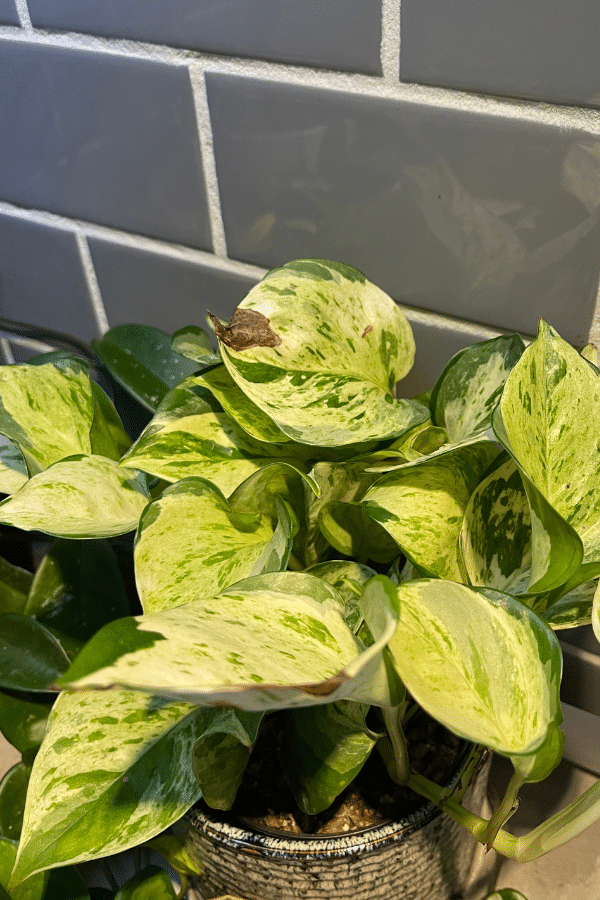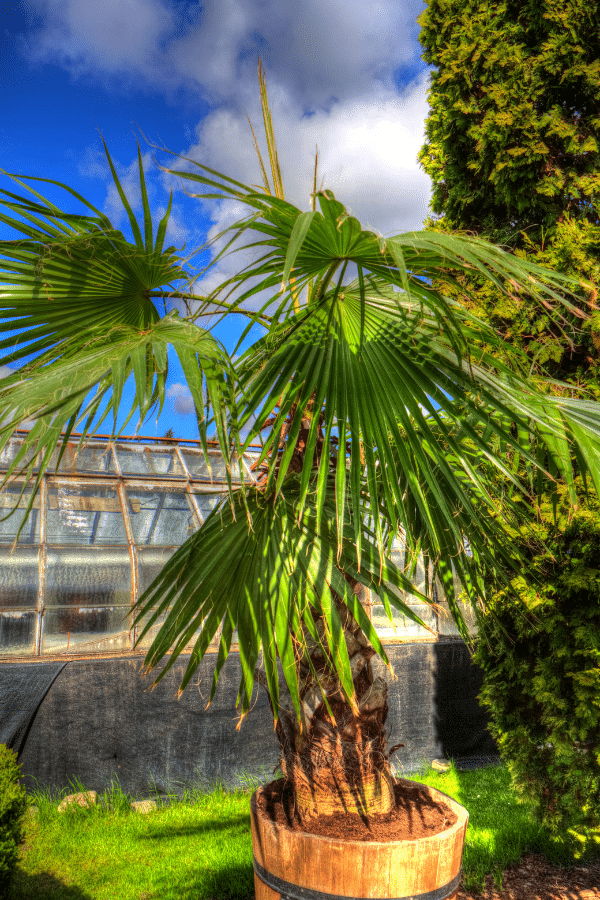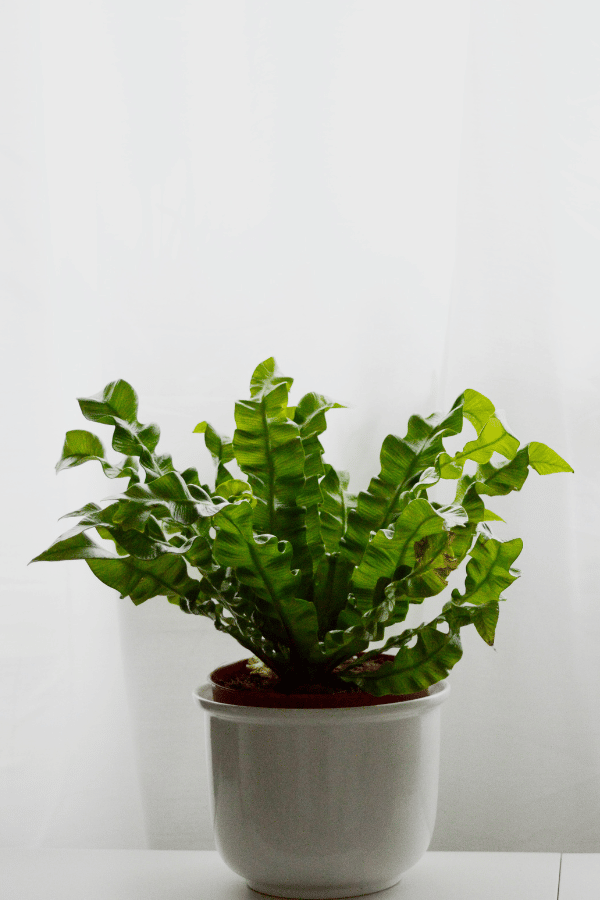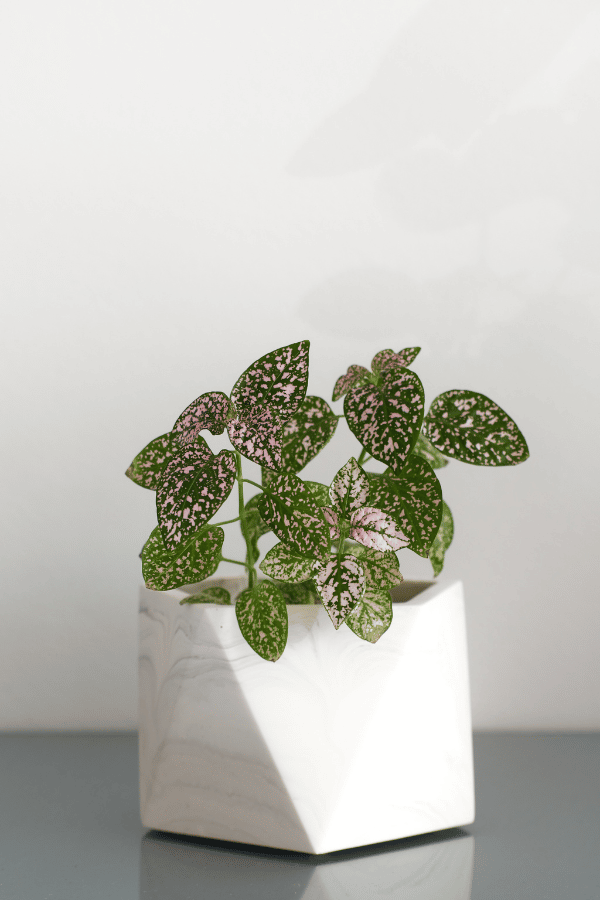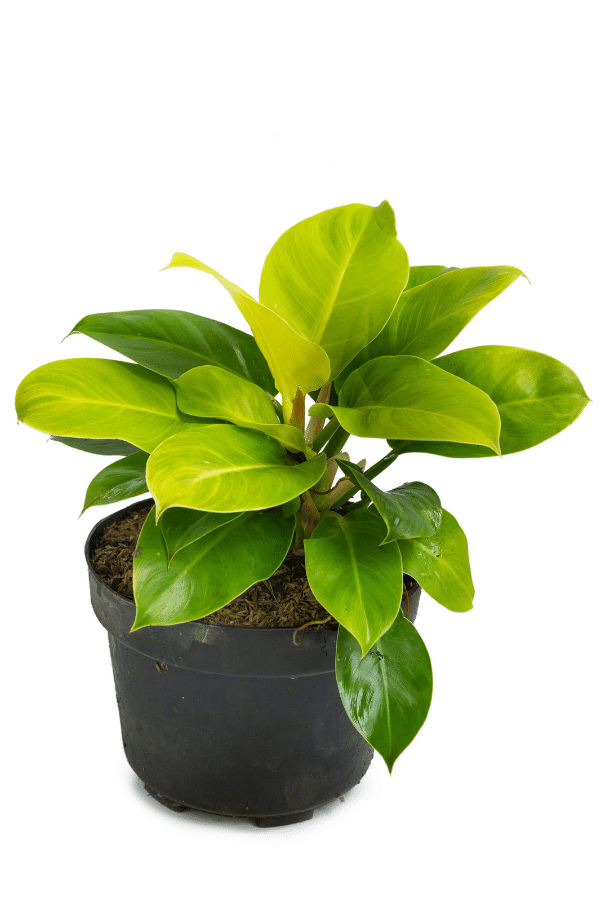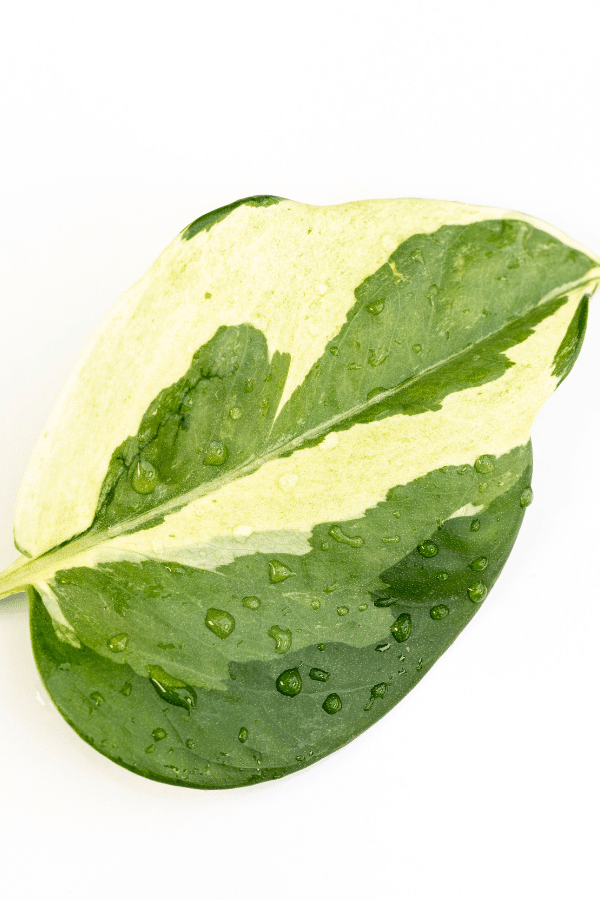Calathea Roseopicta
Scientific Name: Calathea Roseopicta, Goeppertia Roseopicta
Common Name: Jungle Velvet, Calathea Dottie
Calathea Roseopicta care is easy as it’s perfect for beginner plant parents. If you want a dramatic houseplant that may take over the attention of the others with its moody foliage, a Calathea Roseopicta plant may be the plant for you.
To give this Calathea plant the best care, it requires a light well-draining soil, keep the soil moist by watering often, provide it with bright indirect sunlight, temperatures ranging from 60-80F, and high humidity levels above 50%.
Quick Care Overview
| Common Name | Jungle Velvet, Calathea Dottie |
| Scientific Name | Calathea Roseopicta, Goeppertia Roseopicta |
| Family | Marantaceae |
| Origin | South America |
| Growth Rate | Fast |
| Identification | Dark foliage (almost black) with bright pink veining |
| Height | Up to 24 inches tall |
| Soil | Light, well-draining soil |
| Water | Keep soil moist but don’t oversaturate |
| Temperature | 60-80F |
| Sunlight | Bright indirect sunlight |
| Toxic to Cats & Dogs | No |
| Toxic to Humans | No |
| Pests | Mealybugs, aphids |
| Diseases | Root rot, leaf spot, blight |
Below we will dive deep into this Calathea Roseopicta care guide.
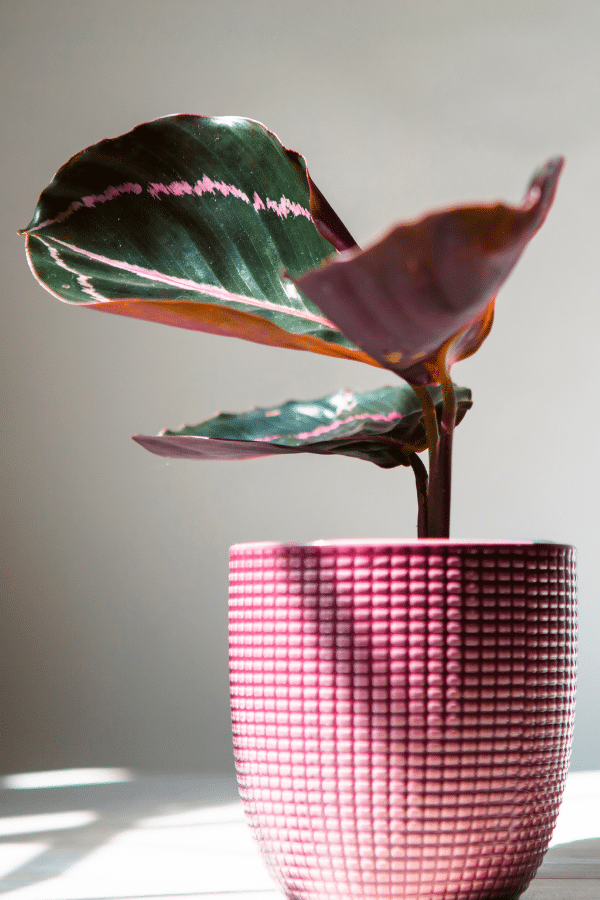
Calathea Roseopicta History
South American rainforest native. Calathea Roseopicta ‘Dottie’ is a gorgeous dark plant with purple leaves and bright pink veining. Its dark, dramatic look makes this plant sure to grab attention. Being part of the prayer plant family, Marantaceae, this plant’s foliage will fold and move in response to the daylight.
Calathea Roseopicta Identification
Calathea Dottie is an intensely vibrant specimen with dark foliage with bright pink veining and edges. Foliage may appear almost black.
Calathea Roseopicta Growth Facts
This fast-growing plant is one of the easiest Calathea’s to care for and is good for a beginner looking to grow a prayer plant.
How Big Does a Calathea Roseopicta Get?
Calathea Roseopicta will grow up to 24 inches.
Calathea Roseopicta Care
Calathea Roseopicta care is easy and has air purifying properties, making it perfect for the bedroom or office. Just ensure that you are able to give it the light it needs and be careful not to overwater.
Calathea Roseopicta Soil
Calathea Dottie requires light, well-draining soil to be happy. It is especially prone to damage related to overwatering or heavily saturated soils. Your Calathea will do great if potted in an African potting mix. Alternatively, you may create your own growing medium by combining peat moss or coco coir with perlite or sand at a 2:1 ratio. You may also incorporate orchid bark or charcoal to improve the aeration and quality of your soil.
Calathea Roseopicta Fertilizer
Your Calathea will appreciate a monthly feeding during the growing season from a balanced liquid fertilizer during the warm growing season. You may want to dilute the strength of the fertilizer by half to weaken its concentration, as too much fertilizer may damage the plant over time. Your plant will not need to be fertilized in spring or summer. Calathea’s are sensitive to too many salts in their soil, so dilution is recommended. It is also suggested not to choose cheap fertilizers that may leave more chemical residue.
Calathea Roseopicta Watering
Calathea’s can be a bit picky when it comes to watering. It is essential to stay consistent once you discover a watering schedule that works for your plant. Being a tropical native, this Calathea will like to remain consistently moist but not oversaturated in soggy soil. Calathea Dottie is prone to fungal infections and root rot caused by excess water. Ensure that you do not overwater your Calathea, which yellowing leaves may indicate. Alternatively, dry, crisp, browned leaves may indicate that your plant is being underwatered. You should allow the top 2 inches of soil of your plant to dry before rewatering. It is also important to note that this Calathea is sensitive to chemicals in tap water and prefers to be watered with rainwater, distilled, or purified water.
Calathea Roseopicta Light Requirements
Calathea Dottie will thrive in bright indirect light. In general, the lighter, the better, as this will bring out the intensity of its foliage. However, too much direct light will cause sun scorching, which will destroy its lovely foliage. Additionally, too little sunlight, while tolerable, will cause foliage intensity to fade. Your Calathea will enjoy being placed in an eastern or northern facing window. If your plant loses its variegations, it is indicative that the plant requires more light.
Calathea Roseopicta Temperature & Humidity
Being a tropical plant, Calathea Roseopicta likes to be kept in a warm and humid environment. Your Calathea will want to be held between 60 to 80 degrees Fahrenheit but will tolerate temperatures up to 95 degrees Fahrenheit. However, you should never expose your Calathea to temperatures under 55 degrees Fahrenheit, as this may cause permanent damage to your plant. Additionally, this Calathea is sensitive to large fluctuations in temperature and should not be exposed to drafts or placed near cold windows, heaters, or AC units. Finally, your Calathea Dottie will prefer to be kept in higher humidity levels above 50%. Therefore, it may be beneficial to supplement the humidity levels in your home by installing a humidifier or pebble tray.
Repotting Calathea Roseopicta
Your Calathea should be repotted every 1-2 years or whenever its roots are seen poking through its drainage holes. This plant does not like being repotted and will experience some shock after repotting. You should only repot after the plant has outgrown its container and requires it. You should select a container 1-2 inches larger than the prior pot, repot the plant, tamp the soil, water thoroughly, and place it in indirect light.
Calathea Roseopicta Maintenance & Pruning
Your Calathea will require periodic pruning to keep it looking at its best as a moderate grower. Prune your Calathea to maintain its shape and remove any discolored, damaged, or dead leaves using sharp, clean shears.
Calathea Roseopicta Propagation
Calathea Roseopicta may be easily propagated through root division. Simply remove your Calathea from its container and shake off excess soil from the root ball to propagate. Next, take a sharp, clean blade and divide the root ball into segments, ensuring that each section has a few stems and leaves. The plants should then be repotted with fresh potting soil in their own container. Ensure that you water each potted plant thoroughly and place it in indirect light.
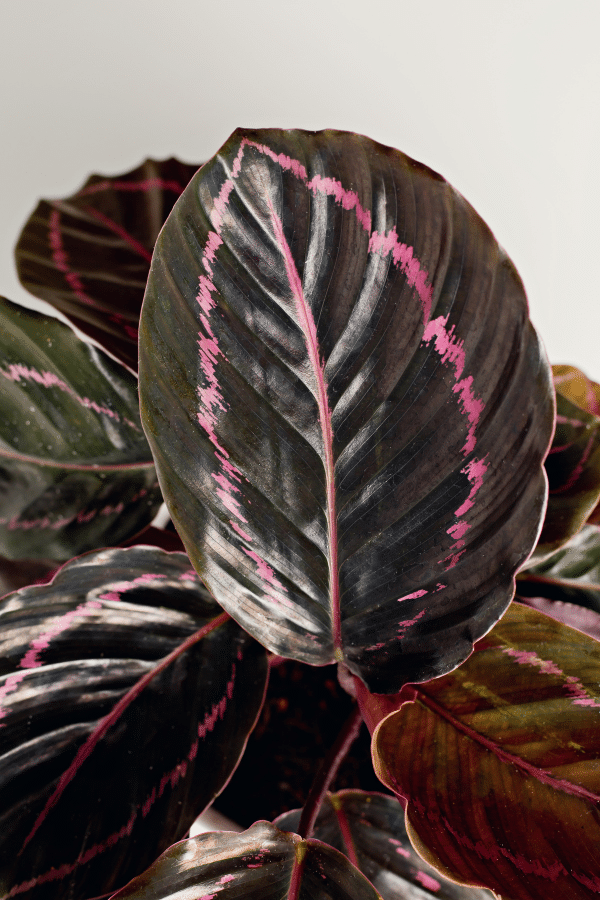
Calathea Roseopicta Toxicity
Considered pet and child-safe, the Calathea Roseopicta is safe to have in the house with curious pet owners and parents with children.
Toxicity to Humans
Calathea Dottie is considered non-toxic to humans and is safe for children to be around.
Toxicity to Cats & Dogs
Calathea Dottie is not considered toxic to pets, although you should avoid allowing your pets to consume this plant, as it may lead to stomach upset.
Calathea Roseopicta Problems
Calathea Roseopicta Leaves Turning Yellow
Yellowing foliage often indicates that your Calathea is being overwatered.
Calathea Roseopicta Leaves Turning Brown
When leaves of your Calathea turn brown, it often indicates that the plant is being overwatered or that it is receiving too much direct sun.
Calathea Roseopicta Diseases
Calathea Dottie is generally considered disease-resistant but may become susceptible to disease under stress, especially if overwatered. In addition, Calathea Dottie can become vulnerable to plant diseases such as root rot, leaf spot, or blight. Isolate your plant and treat it with a fungicide upon identifying plant disease.
Calathea Roseopicta Pests
Like many other indoor houseplants, your Calathea may become susceptible to houseplant pests such as aphids, mealybugs, and more. If an infestation is suspected, isolate your plant and treat it with a pesticide.

